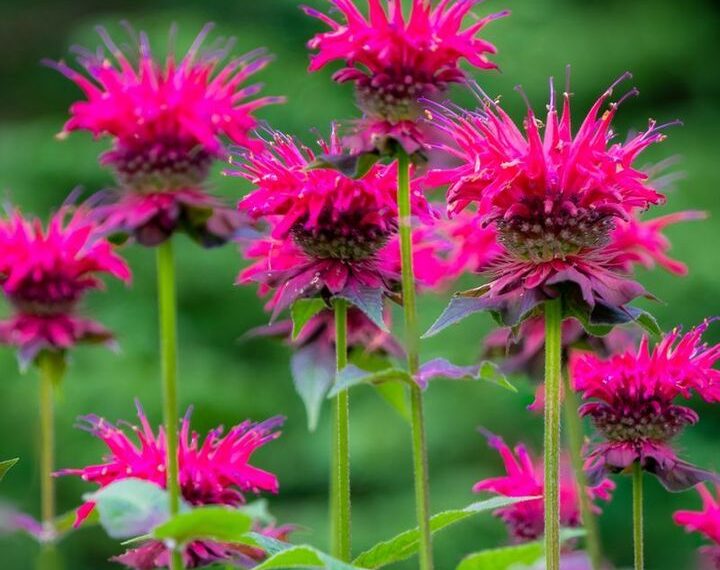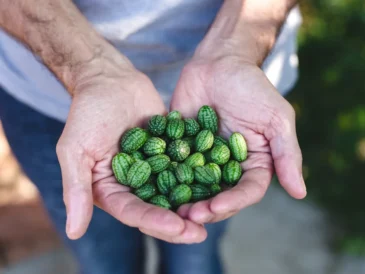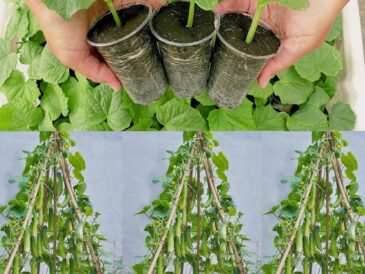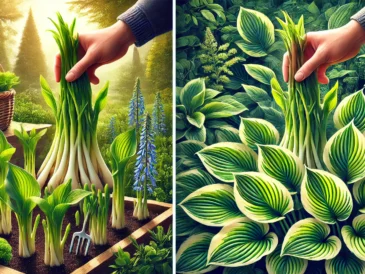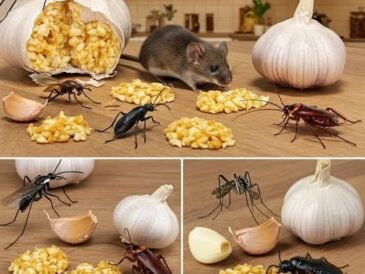Pollinator-friendly gardening is not just a trend—it’s an essential way to support biodiversity and ensure the survival of vital species like bees, butterflies, and hummingbirds. Among the myriad plants that attract pollinators, one stands out for its beauty, ease of care, and ability to draw a diverse array of visitors: the native wildflower garden featuring Milkweed, Bee Balm, and Salvia. Here’s why every gardener should grow these pollinator magnets and how to incorporate them into your space.
Why Pollinators Matter
Pollinators like bees, butterflies, and hummingbirds play a crucial role in the ecosystem. They are responsible for fertilizing plants, which leads to the production of fruits, vegetables, and seeds. Without them, much of the world’s food supply would be in jeopardy. However, habitat loss, pesticide use, and climate change threaten their populations. By planting native pollinator-attracting plants, gardeners can create safe havens that help these creatures thrive.
The Top Pollinator Magnet Plants
1. Milkweed (Asclepias spp.)
Milkweed is a lifeline for Monarch butterflies, providing food and habitat for their larvae. Its clusters of vibrant pink, orange, or white flowers also attract native bees and hummingbirds.
Why Grow Milkweed?
- Essential for Monarch Butterflies: Monarchs lay their eggs exclusively on Milkweed.
- Resilient: It thrives in various conditions, from dry sandy soils to moist meadows.
- Low Maintenance: Once established, it requires minimal care.
Planting Tips:
- Choose native varieties like Common Milkweed (Asclepias syriaca) or Butterfly Weed (Asclepias tuberosa).
- Plant in full sun for best results.
2. Bee Balm (Monarda spp.)
Bee Balm is a showstopper with its bold, tubular blooms in shades of red, pink, purple, and white. Its minty scent and nectar-rich flowers attract hummingbirds, bees, and butterflies alike.
Why Grow Bee Balm?
- Multi-Purpose: Attracts pollinators and makes a delightful addition to teas and salads.
- Long Bloom Time: Enjoy flowers from midsummer to early fall.
- Deer Resistant: Its aromatic foliage deters browsing animals.
Planting Tips:
- Ensure good air circulation to prevent powdery mildew.
- Grow in rich, well-drained soil and full to partial sunlight.
3. Salvia (Salvia spp.)
Salvias, or sages, are beloved for their spiky flowers and aromatic leaves. They are particularly attractive to hummingbirds and bees, making them a must-have in any pollinator garden.
Why Grow Salvia?
- Drought-Tolerant: Perfect for low-water gardens.
- Diverse Varieties: Available in a range of colors and sizes.
- Continuous Blooms: Regular deadheading encourages repeat flowering.
Planting Tips:
- Place in well-drained soil and full sun.
- Group multiple plants together for a dramatic effect.
Designing a Pollinator Paradise
Creating a garden that supports native bees, butterflies, and hummingbirds is simpler than you might think. Here’s a step-by-step guide:
- Choose Native Plants: Select plants like Milkweed, Bee Balm, and Salvia that are well-adapted to your region.
- Diverse Bloom Times: Incorporate plants that bloom at different times to provide food year-round.
- Cluster Plantings: Group plants in clusters to make them more noticeable and accessible to pollinators.
- Avoid Pesticides: Use natural pest control methods to keep your garden safe.
- Provide Water: A shallow dish of water with stones for landing spots can be a lifesaver for pollinators.
- Add Habitat: Include features like logs, rocks, and native grasses to shelter insects and birds.
The Benefits of Growing Pollinator Magnets
TO CONTINUE READING THE ARTICLE PLEASE SEE PAGE 2
